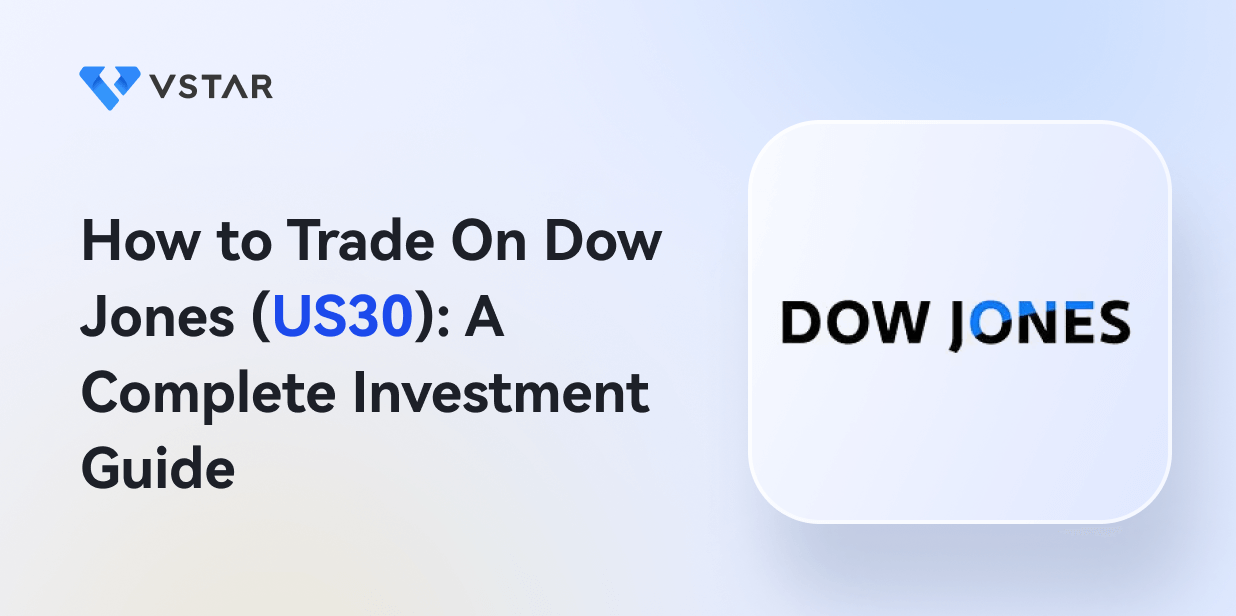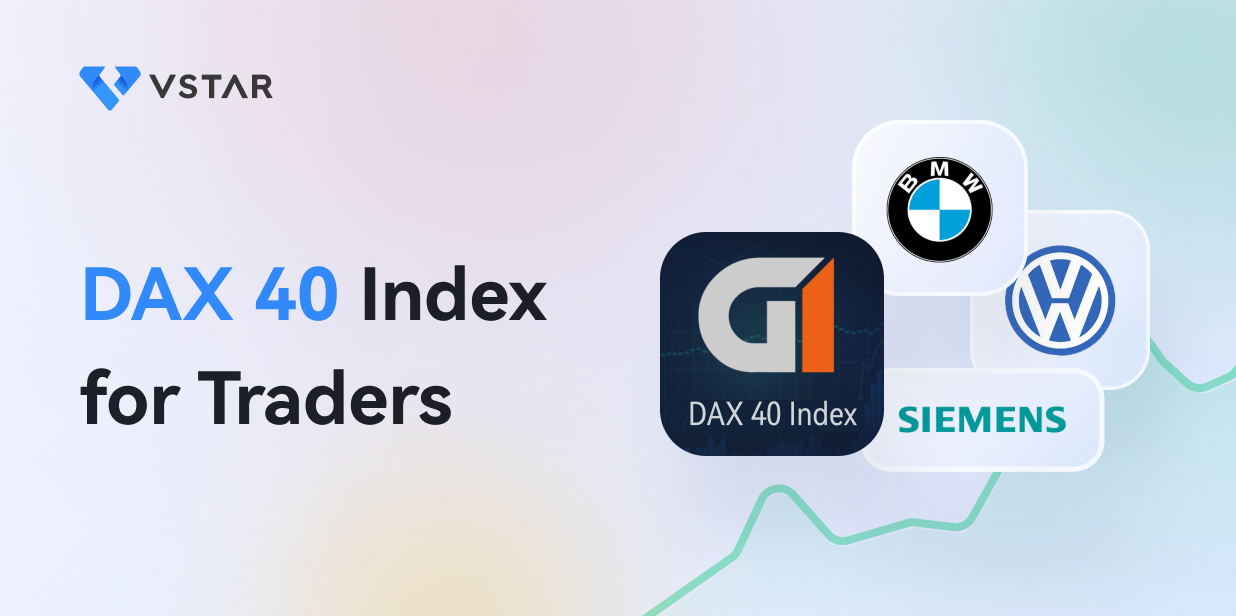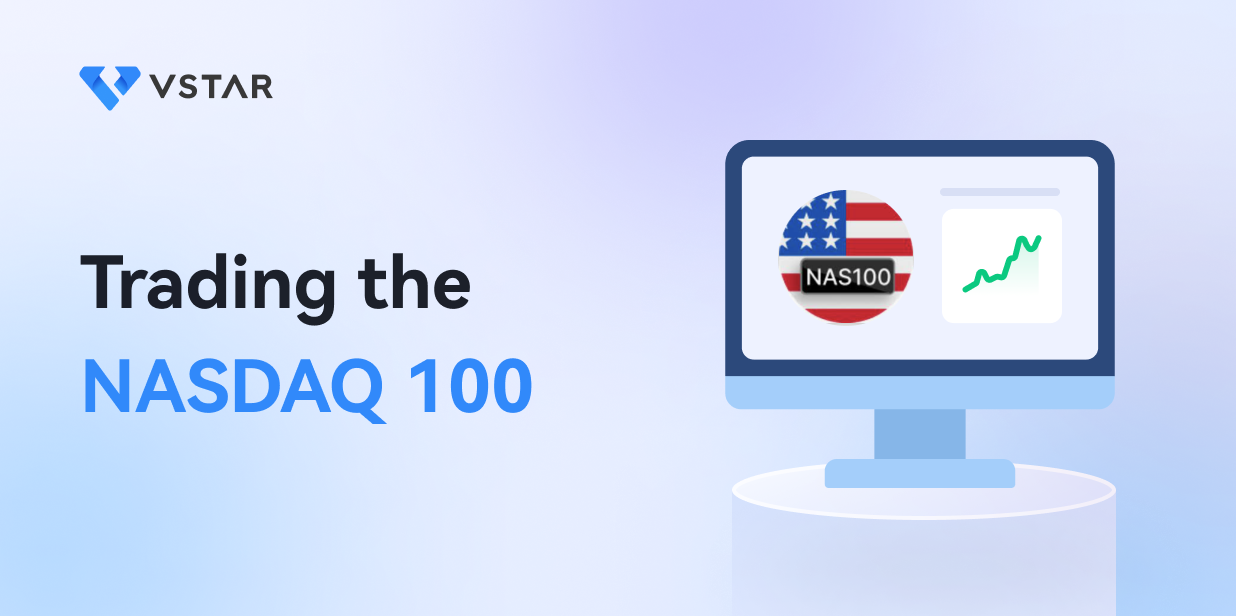Introduction
The Dow Jones Industrial Average, often referred to as the Dow Jones Index or simply the Dow, holds a remarkable position in the world of finance as one of the oldest and most influential stock market indices. Established in 1896 by Charles Dow and Edward Jones, this index comprises 30 prominent publicly traded companies representing various sectors of the economy. Its longevity and selectivity have earned it the distinction of being a barometer of the overall health of the U.S. stock market.
Over the years, the Dow Jones Index has witnessed significant economic shifts and market trends, providing investors and analysts with valuable insights into the stock market's performance. The Dow's calculation methodology, which is price-weighted rather than market-cap-weighted like other indices, contributes to its unique characteristics.
Today, the Dow Jones Index remains a focal point for investors and financial professionals alike. Its daily fluctuations, reflecting the collective performance of its component companies, can influence market sentiment worldwide. Whether you're a seasoned investor or just curious about the financial world, keeping an eye on the Dow Jones Index offers a window into the dynamic landscape of stock market movements and economic trends.
Overview of the Dow Jones Index
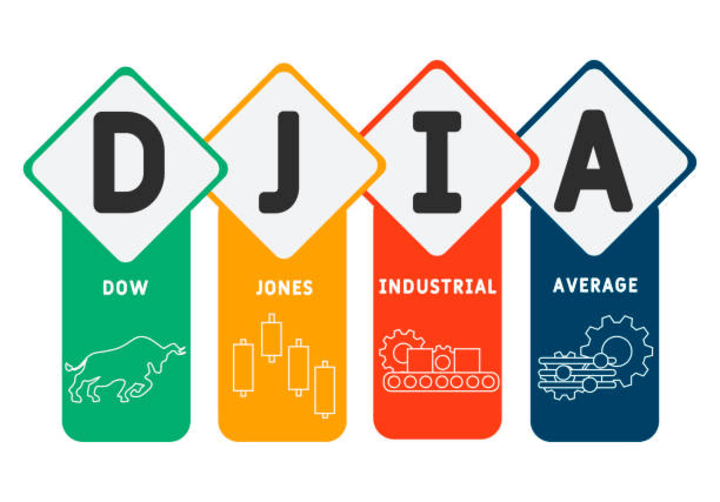
Image Source: Unsplash
In today's fast-paced financial environment, understanding the Dow Jones Index is an essential tool for both seasoned investors and those just dipping their toes into the investment world. Its 30-component structure, encompassing diverse industries and employing a distinctive price-weighted calculation method, positions it as a reliable indicator of market trends. By tracking the Dow's movements, you gain a window into the dynamic rhythms of the U.S. economy and its major players.
So, whether you're seeking insights into technology trends, shifts in consumer behavior, or broader economic patterns, keeping an eye on the Dow Jones Index can provide valuable perspectives. As the financial landscape continues to evolve, the Dow remains a steadfast guide, reflecting the collective journey of leading American companies on their path to growth and innovation.
Composition and Diverse Industries
The Dow Jones Index, commonly known as the Dow, is a pivotal presence in the financial world. Composed of 30 large public companies from diverse sectors of the U.S. economy, it captures the essence of American industry. These companies, often referred to as blue-chip stocks, collectively represent the heartbeat of the nation's economic landscape. They span industries such as technology, finance, healthcare, consumer goods, and more. The Dow's composition is regularly reviewed to ensure it accurately mirrors the evolving market.
Calculation Methodology and Adjustments
What sets the Dow apart is its unique calculation methodology. Unlike other indices that weight companies by their market capitalization, the Dow employs a price-weighted approach. This means that companies with higher stock prices have a more significant impact on the index's movements. Adjustments are made to account for events like stock splits and changes in the composition of the index, ensuring a fair representation of market developments.
Leading US Industrial Blue-Chip Stocks
The Dow's historical significance as a tracker of industrial blue-chip stocks continues to resonate today. It was originally designed to reflect the performance of leading U.S. industrial companies, providing insight into the health of the broader economy. While the economy has evolved and diversified over time, the Dow's core objective remains intact - to gauge the vitality of prominent U.S. corporations that shape the business landscape.
Correlation and Market Performance
The Dow's performance is closely scrutinized due to its correlation with the overall U.S. stock market. When the Dow experiences significant gains or losses, it often mirrors broader market trends. However, it's essential to note that while the Dow provides valuable insights, it represents a select group of companies and may not fully encompass the entire market's intricacies. Investors and analysts use the Dow's movements as a gauge to assess investor sentiment, economic growth, and potential shifts in business cycles.
Trading the Dow Jones Index (US30)

Image Source: Unsplash
In today's fast-paced trading environment, navigating the Dow Jones Index (US30) requires a balanced blend of knowledge, strategy, and emotional intelligence. Whether you're keen on day trading or prefer a longer-term approach, there's a strategy that suits your style. Remember, trading the Dow isn't a get-rich-quick scheme; it demands patience, continuous learning, and adaptation to changing market dynamics.
As you step into the exciting world of Dow Jones trading, arm yourself with a solid understanding of the instruments available, the strategies that fit your goals, and the tools to manage risks. With the right approach and a commitment to learning, you can harness the potential of one of the world's most-watched indices to make informed trading decisions.
Ways to Trade the Index
When it comes to trading the Dow Jones Index (US30), you have a range of options at your fingertips. Whether you're a seasoned trader or just starting out, you can explore various avenues such as CFDs (contracts for difference), stocks, options, futures, and ETFs. Each of these instruments offers a unique approach, catering to different trading styles and risk appetites.
Trading Strategies
The world of Dow Jones trading is dynamic and diverse, with strategies tailored to different market conditions. You can adopt a long position, expecting the index to rise, or a short position, betting on a decline. Hedging strategies help mitigate potential losses, while spreads involve simultaneously buying and selling related assets to capture price differences. If you're keen on following trends, trend-following strategies can be your go-to approach.
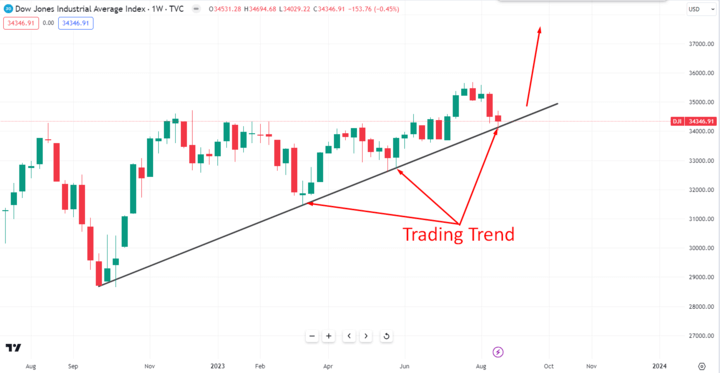
Image Source: TradingView
Technical Analysis Indicators
Technical analysis forms a crucial part of Dow Jones trading. Support and resistance levels, identified based on historical price movements, offer insights into potential reversal points. Moving averages help smooth out price data, aiding trend identification. Indicators like RSI (Relative Strength Index) and MACD (Moving Average Convergence Divergence) provide valuable signals for potential buy or sell opportunities.
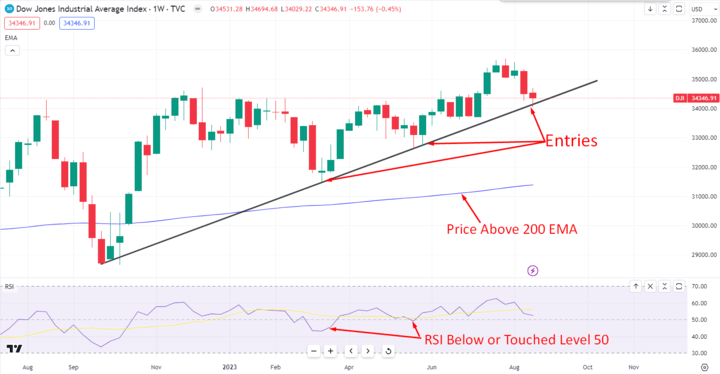
Image Source: TradingView
Fundamental Factors to Watch
Beyond technical analysis, keeping an eye on fundamental factors is essential. The health of the US economy, including GDP growth and employment data, impacts the index. Changes in interest rates set by central banks can influence investor sentiment. Additionally, monitoring corporate earnings reports of the Dow's component companies gives you a peek into their financial health.
Managing Risk
No trading discussion is complete without addressing risk management. Utilizing tools like stop-loss orders can protect your capital by automatically closing positions if the market moves against you. Position sizing ensures you don't put all your eggs in one basket, while diversification across different assets can help spread risk.
Psychology and Discipline
Trading isn't just about numbers; it's about managing emotions too. Maintaining discipline is vital - stick to your trading plan and avoid making impulsive decisions. Managing emotions such as fear and greed is a constant challenge, but it's crucial for successful trading. Before entering a trade, plan your entry and exit points, and have a clear understanding of your risk tolerance.
Dow Jones Index Performance Drivers
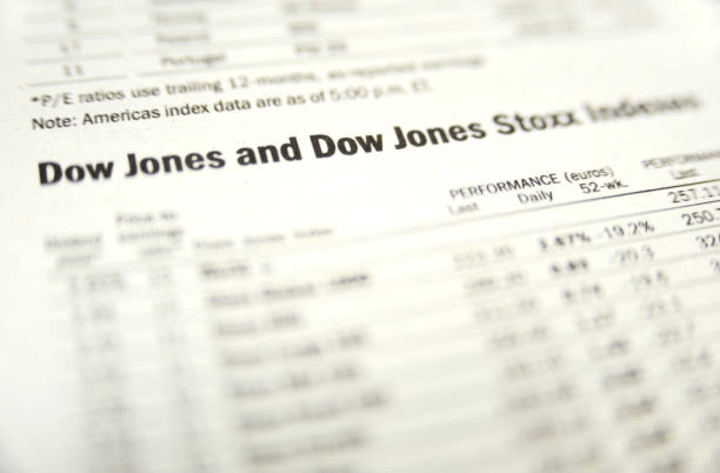
Image Source: Unsplash
Understanding the intricate forces driving the Dow Jones Index is your compass to deciphering market trends. From the performance of individual stocks to global economic shifts, investor sentiment, sector rotations, and pivotal world events, a symphony of influences shapes the index's journey. By grasping these dynamics, you're primed to navigate the market waves, make informed trading choices, and harness the power of the Dow Jones Index. Stay attuned to these multifaceted drivers and embark on your journey to trading success.
As you monitor the Dow's movements, keep in mind that it's not a singular entity but a reflection of an intricate web of influences. Staying informed about these performance drivers can empower you to make more informed investment decisions. However, remember that the market can be unpredictable, and no single factor guarantees a specific outcome. By staying aware of these dynamics and staying attuned to the market's pulse, you position yourself to navigate the world of Dow Jones trading with greater insight.
Component Stock Performance and Weighting
The Dow Jones Index's performance is intricately tied to the individual performance of its 30-component stocks. Each company's stock price movement contributes to the index's overall direction. However, it's important to note that the Dow is price-weighted, meaning higher-priced stocks have more influence. Therefore, a substantial move in a high-priced stock can significantly impact the index, even if other stocks are relatively stable.
Macroeconomic Factors: US and Global Influences
The Dow Jones Index is also shaped by broader economic trends. Macroeconomic factors like US and global economic growth, interest rates, and inflation rates play a pivotal role. Positive economic indicators can drive investor optimism and boost the index, while negative indicators can lead to caution. Global economic conditions also have a ripple effect, impacting US companies' international operations and revenue streams.
Investor Sentiment and Sector Rotations
Investor sentiment is a powerful driver of index performance. A bullish sentiment, where investors are optimistic about the market's direction, can propel the Dow to new highs. Conversely, a bearish sentiment can lead to declines. Additionally, sector rotations influence the Dow. Cyclical sectors like consumer discretionary and technology often thrive during economic upswings, while defensive sectors like utilities and healthcare might perform better during economic downturns.
Political and World Events
External events on the political and global stage can sway the Dow's trajectory. Government policies, both domestic and international, impact market sentiment. Stability or crises in various regions can trigger market volatility. Major geopolitical events, such as trade tensions or geopolitical conflicts, can lead to sudden market shifts
The Ongoing Dance of Dow Jones Performance
Understanding what drives the Dow Jones Index involves recognizing the intricate interplay of multiple factors. From the individual performance of component stocks to the broader economic environment, sentiment shifts, sector rotations, and geopolitical events, each piece of the puzzle contributes to the overall picture.
Key Takeaways
In today's rapidly evolving financial landscape, the Dow Jones Index remains a steadfast guide for traders. It encapsulates the ebb and flow of market sentiment, the rhythm of economic indicators, and the pulse of investor psychology. By embracing a comprehensive approach that considers technical, fundamental, and sentiment factors, traders can navigate the Dow with confidence.
Ultimately, the Dow is more than numbers on a screen; it's a reflection of intricate market dynamics. So, whether you're taking your first steps into the world of Dow trading or you're a seasoned pro, these key takeaways will serve as your compass, guiding you through the twists and turns of the Dow Jones Index.
Benchmark of the US Market
The Dow Jones Index holds an eminent position as a benchmark for the broader US market. Its 30 carefully chosen component stocks are indicative of key sectors, making it a vital gauge of overall market health. For traders, the Dow's movements often reflect broader economic trends and sentiment shifts that reverberate across the financial landscape.
Gaining Exposure and Strategy Implementation
Traders seeking exposure to the Dow Jones Index can explore various instruments, from CFDs to ETFs, aligning with their risk tolerance and goals. The index's historical significance and its representation of major sectors make it a versatile canvas for trading strategies. Whether you're aiming for short-term gains or long-term growth, the Dow offers opportunities to implement your preferred trading tactics.
Analyzing Technical, Fundamental, and Sentiment Factors
Successful Dow Jones trading hinges on a three-pronged approach: technical analysis, fundamental insights, and sentiment evaluation. Technical indicators help you decipher trends and entry/exit points. Fundamental factors such as economic data and corporate earnings reports provide a macroscopic view. Monitoring investor sentiment and news events grants insight into market psychology.
Crucial Role of Risk Management
Amid the allure of potential gains, risk management stands as a cornerstone of successful Dow trading. Employing tools like stop losses shields your investments from extreme market moves. Sizing your positions wisely and diversifying your portfolio spread risk. Remember, even in the dynamic world of trading, prudent risk management is the bedrock for sustained success.


Conclusion
As you conclude your journey through the intricacies of the Dow Jones Index, remember that this iconic benchmark is more than just numbers - it's a reflection of market dynamics, economic shifts, and investor sentiment. Armed with insights into its composition, trading strategies, performance drivers, and risk management, you'll be better equipped to navigate the exciting world of Dow trading.
By understanding the role of individual stocks, macroeconomic forces, sentiment shifts, and geopolitical events, you gain a holistic view. This empowers you to make informed trading decisions, implement effective strategies, and manage risk - a crucial aspect of long-term success. The Dow Jones Index stands as a testament to the ever-changing landscape of finance, and your newfound knowledge is the key to unlocking its potential.







